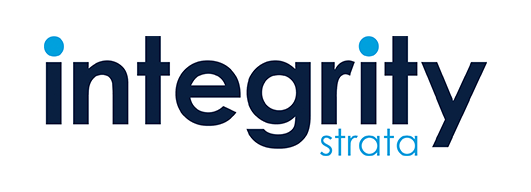FAQs
01. What is Strata?
Strata is the division from time to time of a parcel into lots, or lots & common property, and the rights and obligations of the owners imposed by the Act.
02. What is a Lot?
A lot can be either a unit, town house, garage which gives the rights of ownership to either an individual or company, however does not include any structural cubic space.
03. What is Common Property?
Common property is that part of a Strata Scheme that is owned by everybody, not any one individual. Technically it is defined as “so much of a parcel as from time to time is not comprised in any lot.” The ‘parcel’ is the land (i.e. the lots and common property combined) on which the strata scheme is based. It therefore follows that anything that is not part of a lot is part of the common property. The strata plan (together with any strata plan of subdivision or strata plan of consolidation) is an essential tool to identify the common property.
04. What is The Committee?
A Committee is formed by persons who have been nominated and elected by the owners of an Owners Corporation to administer the Strata Scheme or community association
05. What are By Laws?
These are a set of rules that all occupiers living in a Strata Scheme must abide by and have been registered at the time the Strata Scheme is registered. By-laws can be added, repealed and amended at a general meeting.
06. What is a Levy?
Under the Strata Schemes Management Act, it is required that the Owners Corporation determines the amount that will be raised in the year for the general running of the scheme. This amount includes expenses required for the upkeep and maintenance of common property and is paid by the owners to the Owners Corporation. This is known as a levy and is determined at the Annual General Meeting.Levies are calculated according to the unit entitlement of each lot. All monies raised are held in a trust account by the agent on behalf of the Owners Corporation.
07. Difference between the Administrative Fund and CWF Fund?
Administrative Fund: This fund is used for the day-to-day expenses relating to common property; e.g. payment for insurance and common property repairs.
CWF Fund: This fund is used to cover all future capital expenses arising, such as painting of the common property, renewal and replacement of gutters, down pipes and fences to name a few.
08. Are there penalty fees for late payment of a levy?
The legislation states that levies which are not paid on time one month after the due date shall “bear interest at an annual rate of 10% until it is paid”. e.g: Should the levy be due on the 1st of January, no interest will be charged if the payment is made by the 31st of January. If payment is not made on the due date, as of the 1st of February interest will be applied as of the 1st of January and will accrue on a daily basis there after.
09. What is Unit Entitlement?
This is set out originally by the surveyor at the time when the strata plan is registered. It is used to calculate the levies which are to be paid by the owners proportionally.
10. What is a Special Resolution?
It is a resolution passed at a general meeting of the Owners Corporation against which no more that 25% of the votes is cast.
11. Plumbing and pipes in the bathroom - Who repairs?
The pipes in your bathroom that are located above the concrete slab are the responsibility of the lot owner. Also the shower screen, vanity, toilet suite, wall tiles above the hob level, are classed as owners fixtures and are the responsibility of the lot owner for the repair and ultimate replacement.
12. Internal walls - Who is responsible?
Internal walls of the lot are the responsibility of the owner of the lot. That is, the walls that separate the rooms and that are not an outside wall. This would include the wiring in those internal walls which are for the exclusive use of the lot.
13. Dividing fences - Who pays?
The dividing fence between two courtyards is the responsibility of the owner on each side of the fence. If it is the fence that separates the lot from common property then it is the responsibility of the owner of the lot and the Owners Corporation jointly. The boundary fence between your strata scheme and an adjoining property is paid for equally by the Owners Corporation and the owner of the adjoining property.

